PROTECT YOUR DNA WITH QUANTUM TECHNOLOGY
Orgo-Life the new way to the future Advertising by Adpathway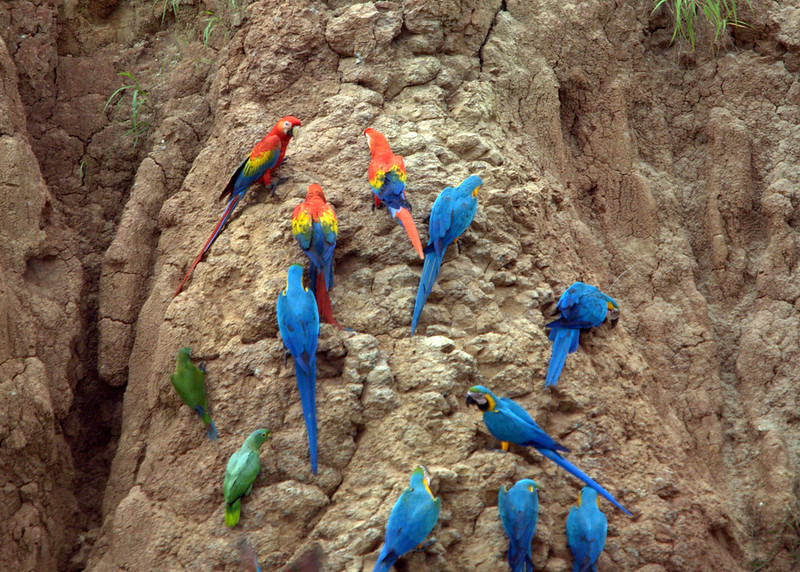
Some birds – particularly tropical species – eat things that are toxic to them. Are they stupid? No. They have found ways to avoid the toxic effects of these items. How do they do it?
Parrots in the Amazon region regularly feed on seeds and unripe fruit. These items contain toxic and bad-tasting chemicals such as alkaloids and tannins, a way for the plant to defend them from being eaten.
Caffeine, an alkaloid
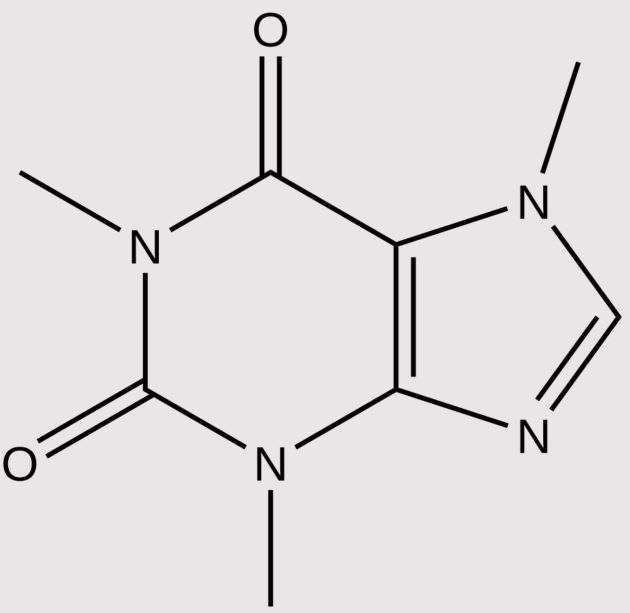
Procyanidine B1, a tannin
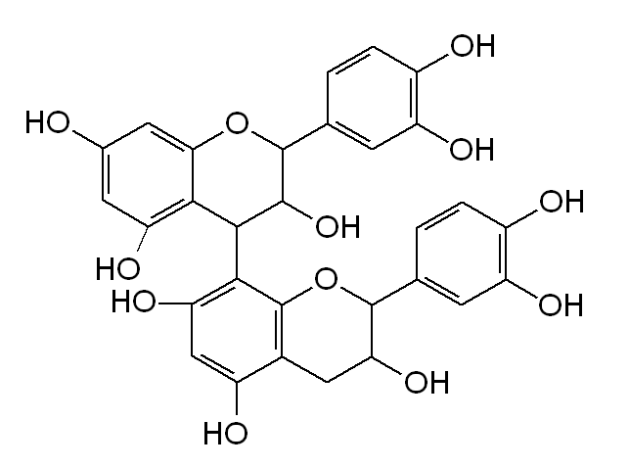
The parrots eat these items anyway – but they also visit clay licks at exposed riverbanks and digest the clay there. The technical term for this is geophagy – the habit of consuming clay soil such as chalk or kaolin.
Clays are usually aluminosilicates with a layered structure consisting of small particles. These properties make clays very good at absorbing toxins like the ones mentioned above, and they do so in the stomachs of the parrots.
The structure of the clays means they offer a huge surface area to interact with the toxins and bind them. In addition, clays have a relatively polar surface, which helps to absorb polar molecules such as tannins and alkaloids. So, a large share of the toxins eaten by the parrots sticks to the clays and thus is deposed of as excrement rather than being digested.
(Bonus information for bird photographers: the parrots at the clay licks make for good photos, too)
Hoatzins do not only look unique but also have a unique way of dealing with toxic food, though it is more biological than strictly chemical. They are leaf-eaters and thus have to deal with the many defensive chemicals in the leaves of tropical plants, such as phenolics, alkaloids, and cyanogenic glycosides.
Hoatzin
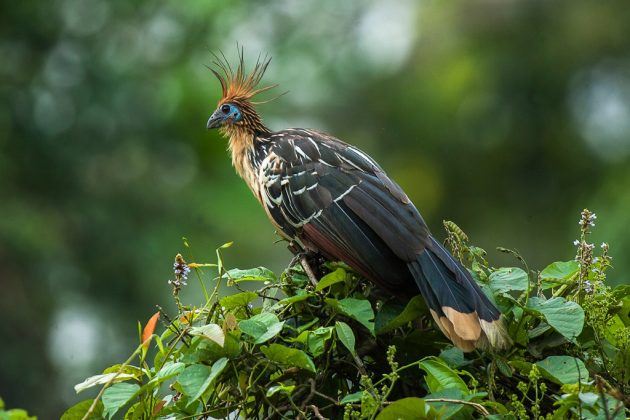
They do not eat clay. Instead, they have evolved an enlarged crop in which digested food is fermented, similar to cows. This microbial fermentation breaks down some of the toxic compounds, giving the microbes nutrition and the hoatzin less toxic food. Win-win, synergies, symbiosis … your choice.
Actually, there is yet another positive aspect of this symbiosis for the hoatzin. Because of the fermentation, the birds have an unpleasant odor (apparently, some local people call it the “stinkbird”) and thus are only hunted in times of severe food scarcity.
But back to clays. Other bird families, including turacos, pigeons, and hornbills, have also been observed to eat clay, either to bind toxins, to add minerals (particularly sodium) to the diet, or to calm down their digestive system after eating questionable food. Other ways to reduce the effect of toxins in food include mixing them with non-toxic food and choosing a time when the food is less toxic (for example, after ripening).
And once the toxins have been digested, there is a diverse range of detoxification enzymes, primarily in the liver and kidneys of the birds. Generally speaking, this is a two-step process in which the fat-soluble toxins are converted into more water-soluble ones that can be excreted in the urine. The first step, functionalization, is an enzymatic oxidation, reduction, or hydrolysis. In the second step, conjugation, a hydrophilic group such as a sulphate group is added to the toxin, making it more water-soluble and thus easy to excrete.
Sources:
- Comprehensive Review on the Interactions of Clay Minerals With Animal Physiology and Production
- Hoatzin
- How Do Predators Cope With Chemically Defended Foods?
- Biochemical Functions of Geophagy in Parrots: Detoxification of Dietary Toxins and Cytoprotective Effects
- More than eating dirt: a review of avian geophagy
Photos and Illustrations:
- Parrots at clay lick, Tambopata, Peru. “DSC_8765.NEF” by Bird Brian is licensed under CC BY 2.0.
- “Caffeine Structure” by ScardinalNY11 is licensed under CC BY-SA 4.0.
- “Procyanidin B1” by Nono64 is licensed under CC BY-SA 3.0.
- “Hoatzin – Manu NP – Perù 9203 (15525812066)” by Francesco Veronesi from Italy is licensed under CC BY-SA 2.0.
Written by Kai Pflug
Kai has lived in Shanghai for 21 years. He only started birding after moving to China, so he is far more familiar with Chinese birds than the ones back in his native Germany. As a birder, he considers himself strictly average and tries to make up for it with photography, which he shares on a separate website. Alas, most of the photos are pretty average as well.He hopes that few clients of his consulting firm—focused on China’s chemical industry—ever find this blog, as it might raise questions about his professional priorities. Much of his time is spent either editing posts for 10,000 Birds or cleaning the litter boxes of his numerous indoor cats. He occasionally considers writing a piece comparing the two activities.






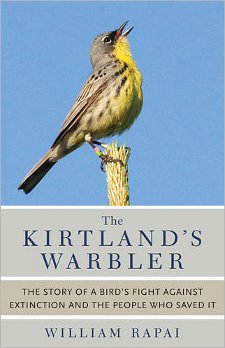
















 English (US) ·
English (US) ·  French (CA) ·
French (CA) ·